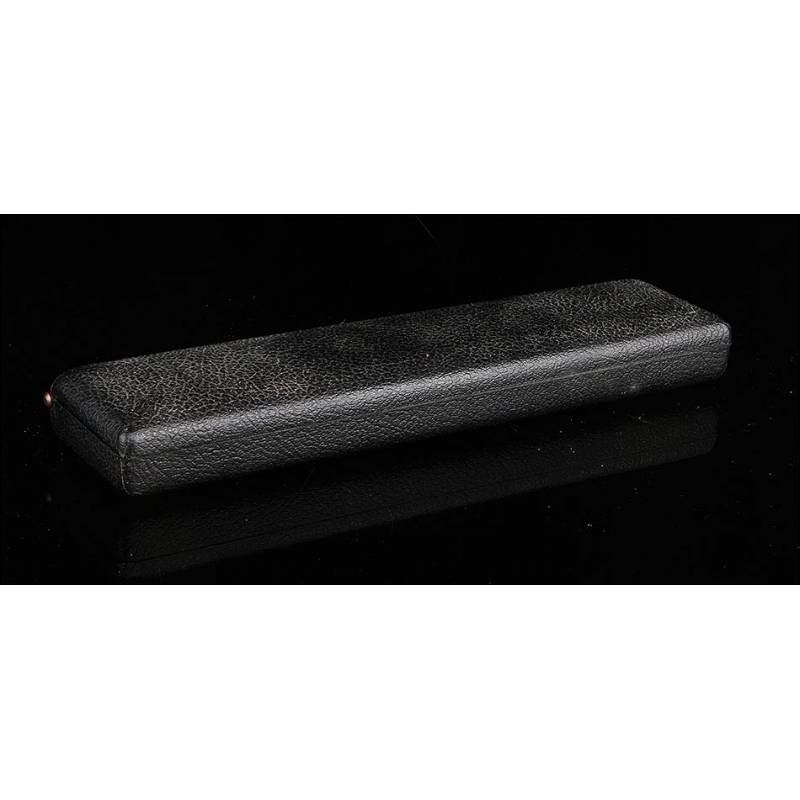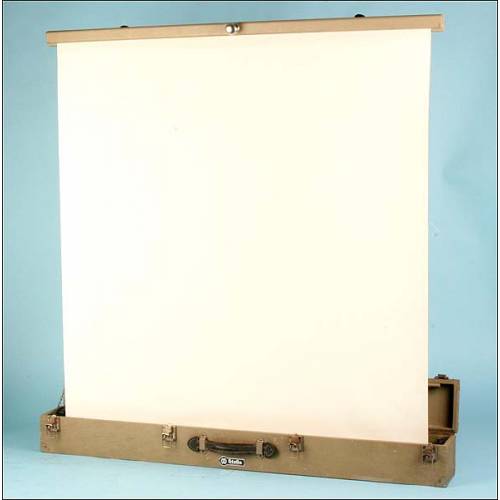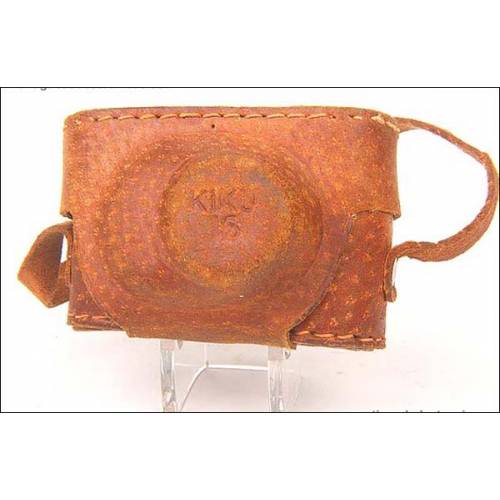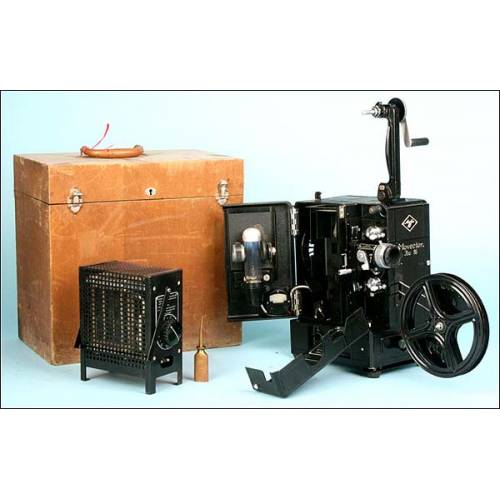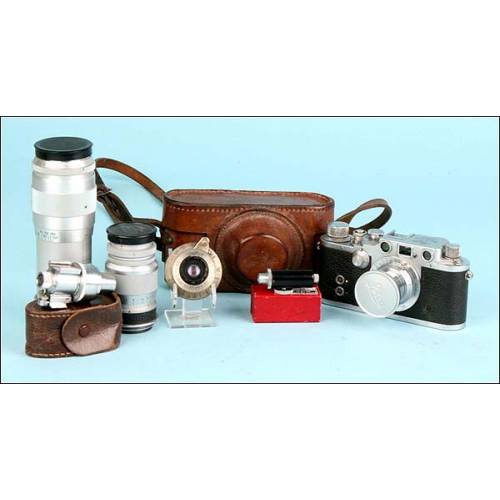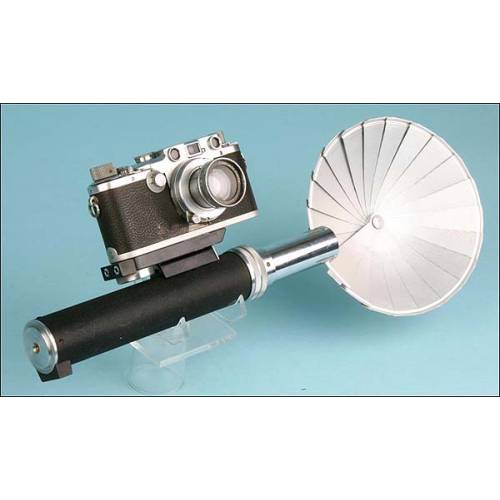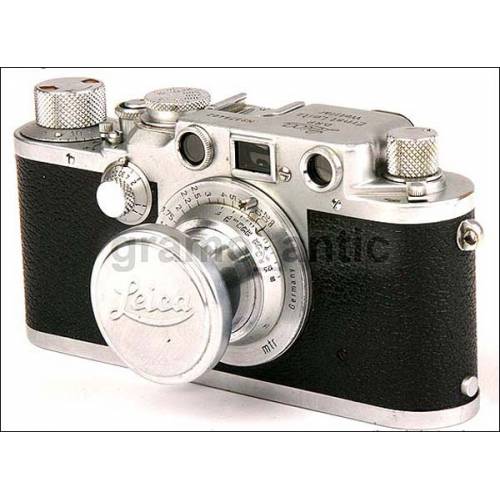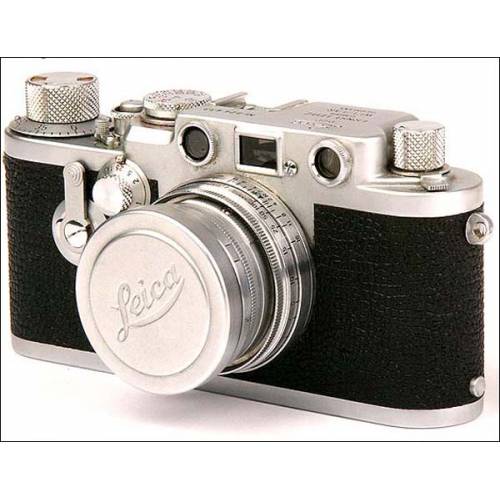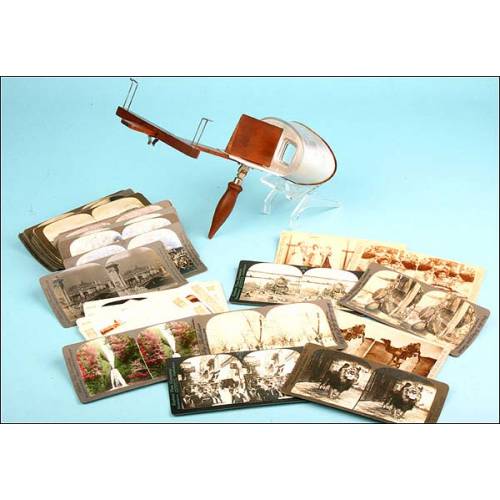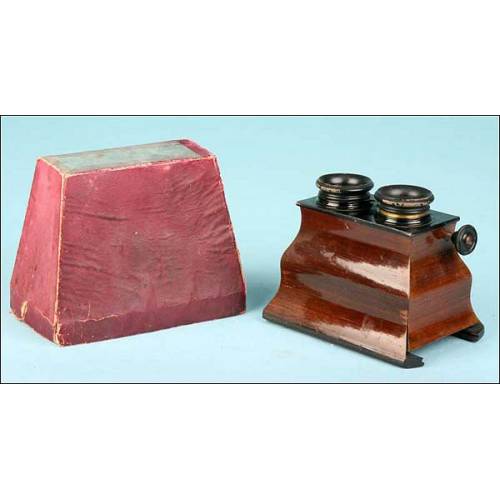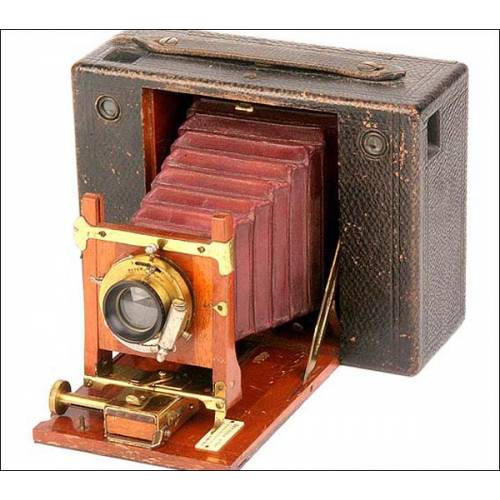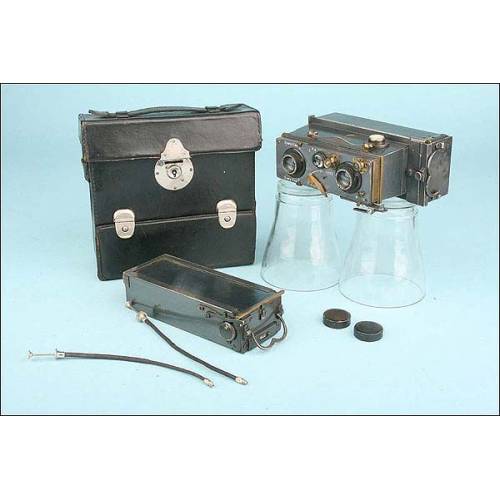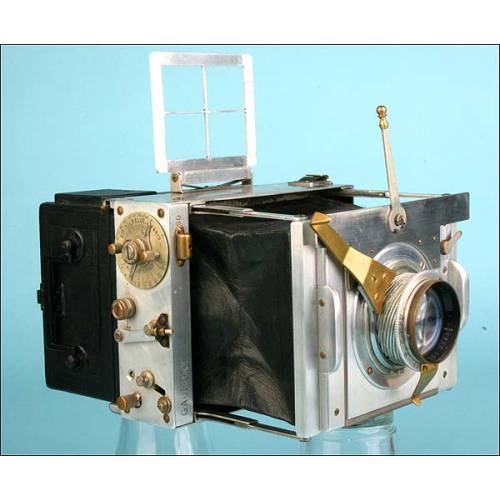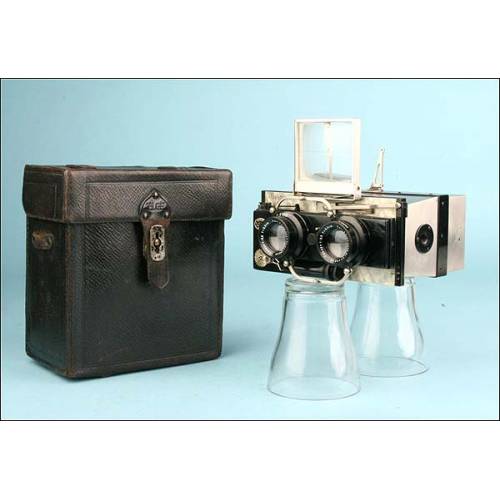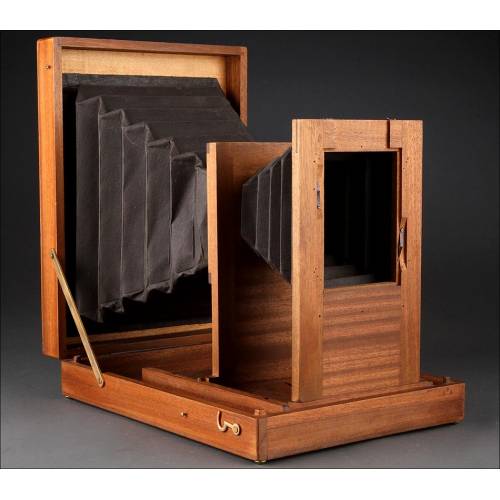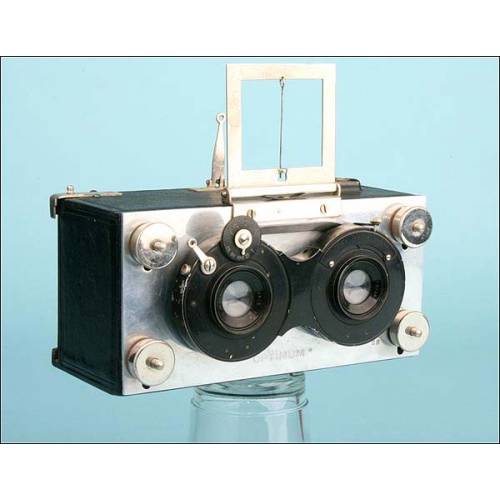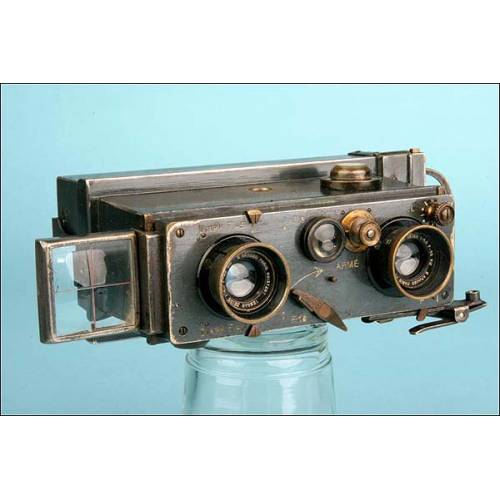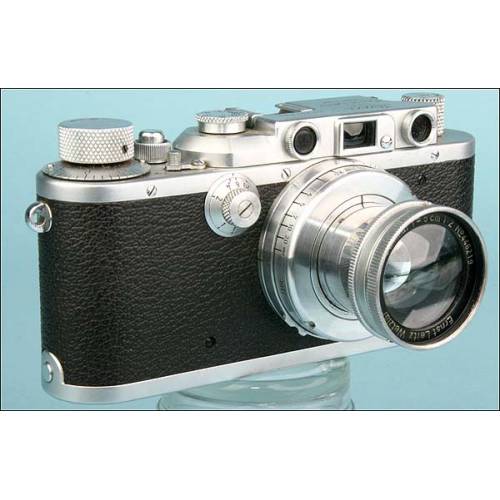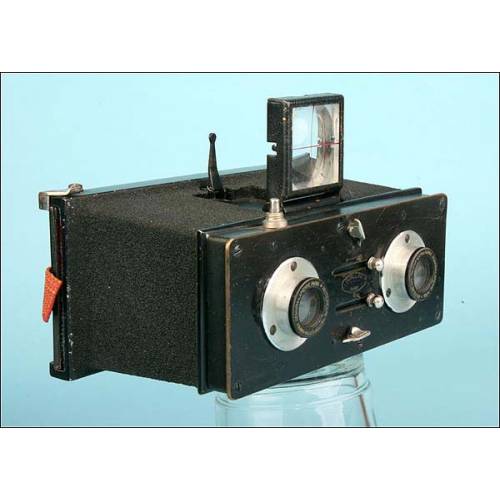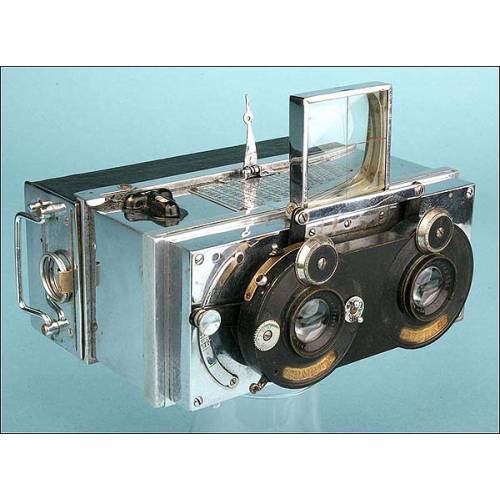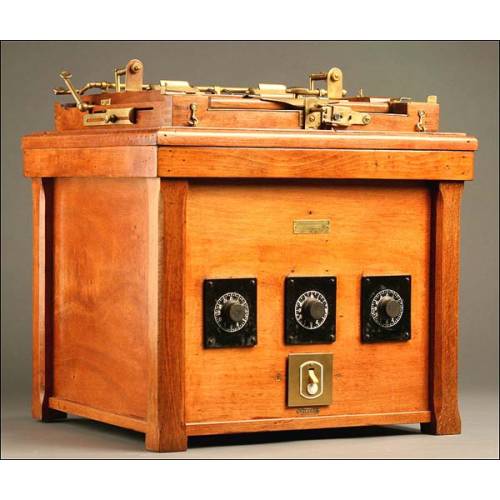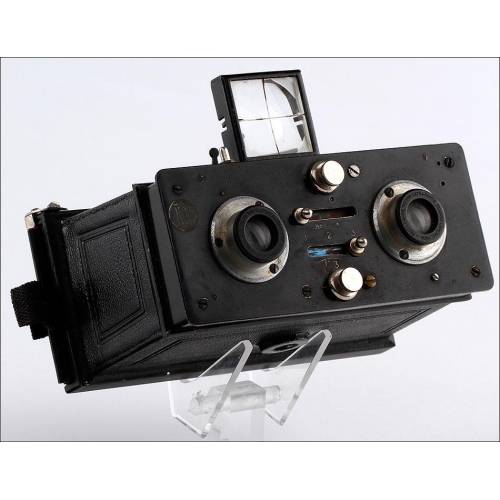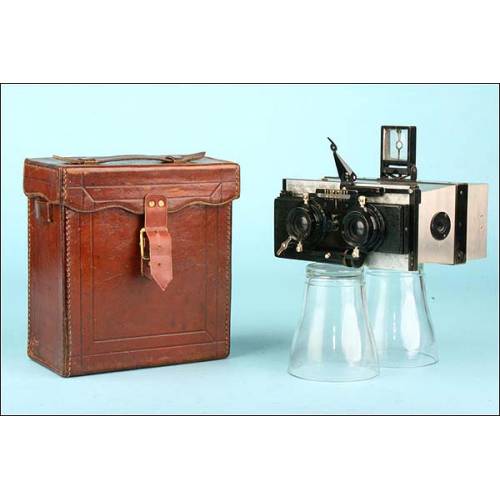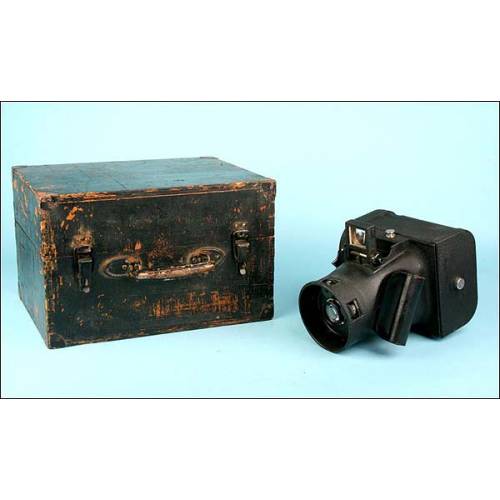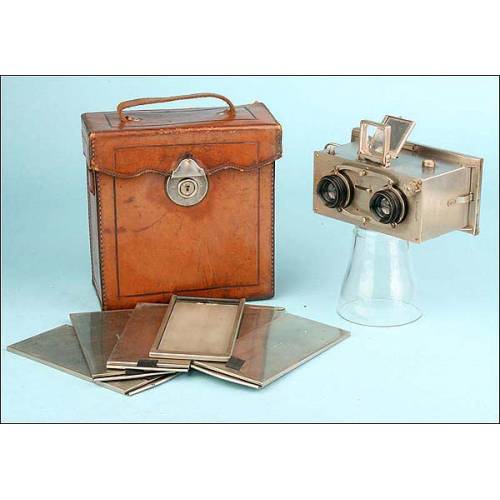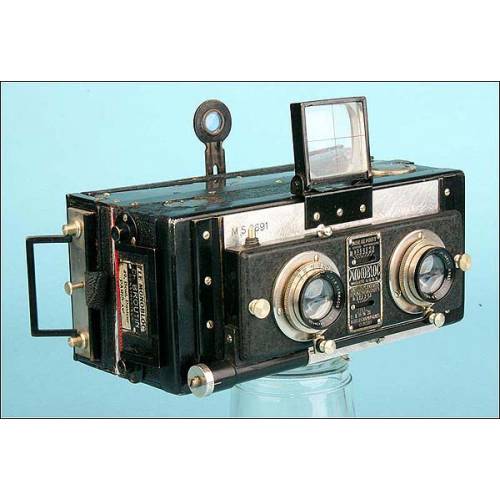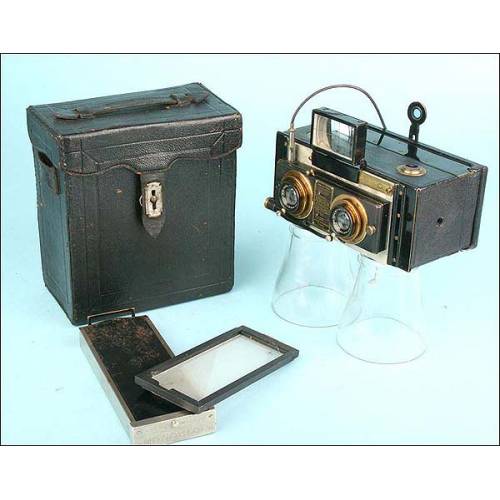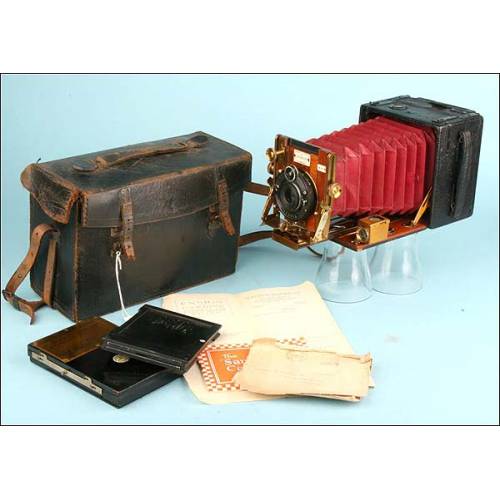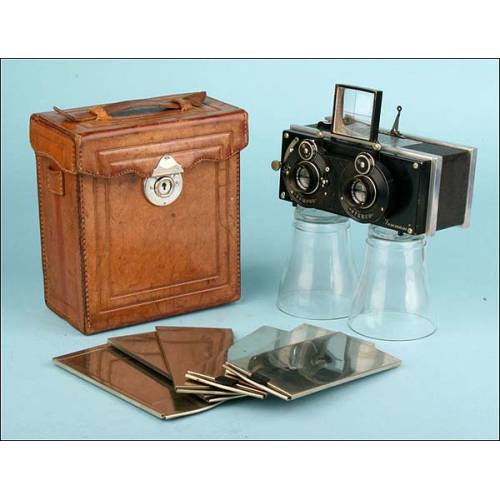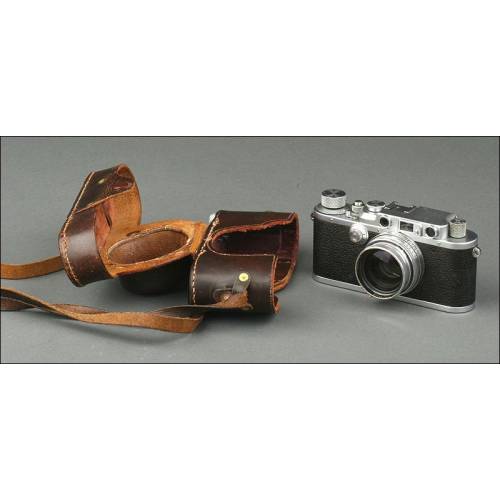B-467
Fascinating Camera Lucida in Excellent Condition. France, 1st Quarter of XX Century
Complete camera lucida in its original case, with all lenses, parts and accessories. Very attractive.
Sold!
This fine instrument in its original protecting case is a camera lucida, a drawing instrument designed to reproduce images from nature through an ingenious lens system that project the model on the paper. The camera lucida that we can see in the photographs is an evolved model, made in the first quarter of the 20th century by P. Berville from Paris. The instrument comes in its case, where it can be stored after dismantled and with all its component parts carefully organized. It also comes with a set of lenses with different magnifications, all of them original and very well preserved. In order to assemble the camera lucida, the metal pieces must be connected to form an articulated arm. The lens must be inserted in the piece located at the top end of the arm, and then focused to the object so its silhouette is projected on the drawing paper. At its bottom end, the device has a solid clamp that lets the user fix it to the plank or table. This ingenious drawing tool was invented by William H. Wollaston in 1880, being P. Berville the most famous manufacturer and distributor of cameras lucidas. Curiously enough, it should be noted that the name camera lucida means lighted room in Latin. The clamp used to attach the tool to the table bears the engraved name of the instrument, the manufacturers name and his address in Paris. These data are also printed in a small cloth stored into the case, designed to clean the lenses. In the clamp we can also see the engraved serial number of the camera lucida, 69 1300-05, a number which is also written by hand inside the cases cover. Outside the case is covered by black faux-leather material in excellent condition; the inside satin lining is also extremely well preserved. Because of its beauty and great condition, this camera lucida is a real object of desire for any lover of visual arts and curious antiques. Measurements (Open Case): Width: 11 in / 29 cm. Height: 5.5 in / 14 cm.

